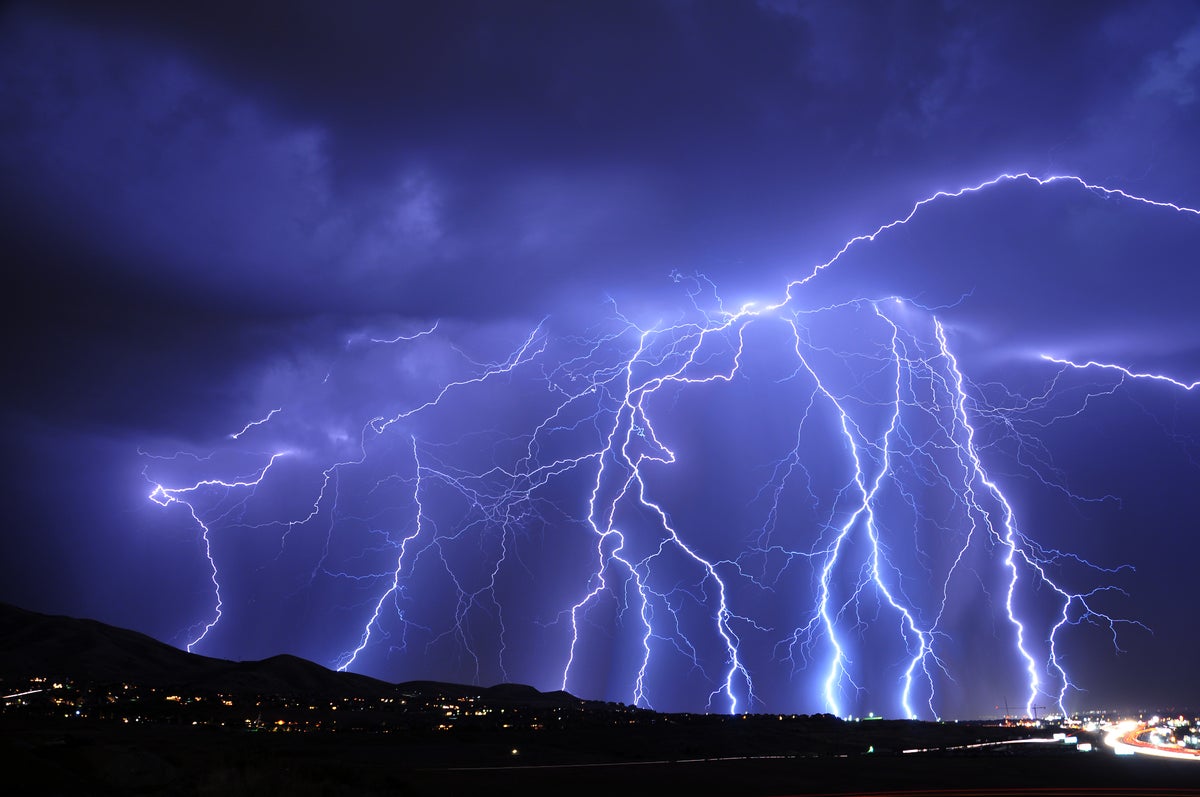Now Reading: Lightning Bolt Sets Record for Longest Distance Ever Measured
-
01
Lightning Bolt Sets Record for Longest Distance Ever Measured
Lightning Bolt Sets Record for Longest Distance Ever Measured

swift summary
- A lightning strike spanning 515 miles from East Texas to near Kansas City in october 2017 has been officially certified as the longest lightning strike ever recorded by the World Meteorological Organization (WMO).
- The previous record was a 477-mile-long lightning strike that originated in texas during a storm in 2020.
- The newly measured “megaflash” was analyzed and confirmed using satellite technology by atmospheric scientist Michael Peterson at Georgia Tech’s Severe Storms Research Center.
- These megaflashes occur primarily in large thunderstorm complexes, like those forming over the U.S. Great Plains,where smaller storms merge into vast systems.
- During its seven seconds of duration, the record-breaking flash produced 116 subsidiary cloud-to-ground strikes across its length.
- Improved satellite imaging and ground-based mapping technologies are enabling scientists to better understand unusual forms of lightning such as especially strong superbolts or longer-lasting phenomena.
Indian Opinion Analysis
The official recognition by WMO of this extraordinary natural event underscores advancements in meteorological science enabled by cutting-edge technology. For India-a nation with diverse climatic zones and significant monsoon activity-such research can pave the way for improving early warning systems related to severe storms and lightning hazards.Lightning remains a critical public safety concern, particularly for rural communities across India’s vast agricultural belt.
While these findings currently focus on weather patterns specific to the U.S., their implications emphasize broader opportunities for collaboration between Indian climatologists and international researchers. Enhanced data-sharing mechanisms can help india better predict extreme weather events amidst increasing global climate variability while protecting vulnerable populations engaged in outdoor work during high-risk seasons.























